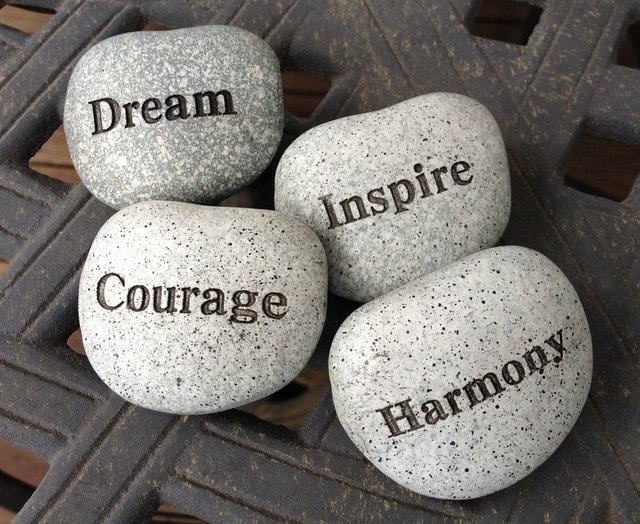The Enigma of Dreams
“The supernatural always creeps into the sphere of the weird.”

WHAT IS SLEEP?
Defining sleep is not hard. It is in its simplest terms-unconsciousness.
That is what it is. But, it is the state of unconsciousness from which you can be awakened or say, aroused. (Guess your pee-pee is not the only thing that gets aroused in the morning)
That is also how you know you are sleeping and indeed not in coma or just plain dead.
WHY DO WE SLEEP?
We sleep to rest –plain and simple.
Our mind and body needs to replenish its resources before it can be in tip-top condition for us to breeze through the next day.
The exhausted neurotransmitters and cell-signaling molecules need to be synthesized again and the toxins need to get flushed from your system.
HOW LONG DO WE SLEEP?
If you manage to be alive for 75 years, then that means you have wasted your life sleeping for about 25 years!(more if you are lazy AF).
So you need a second’s unconsciousness if you want to be sharp and aware about your surroundings for the next four second. They are that crucial for your survival.
DREAMS! DREAMS! DREAMS!
Now let us go back to dreams. Are they unnecessary? If they are important, why don’t we dream every night?

THE SUPERNATURAL
Throughout history, the enigma of dreams has managed to captivate us. They have been used to predict future events in the form of omens (Vikings Fans! you know about this) and have often been described in relation to ghosts or gods and such.
THE SCIENTIFIC
Oracle and movie directors are not the only ones who have attempted to solve the mystery of dreams.
Many scientists have written volumes on the subject in order to better the human understanding about the significance of dreams. With that same pursuit in mind, in 1899, comes Sigmund Freud with his wonderful book “The Interpretation of Dreams”.
His Wish-fulfillment theory about dreams has since revolutionized the way we look at dreams. He also laid about a methodology on how to interpret dreams, and draw from it the hidden desires of the person.
THE MODERN
In the Neurological Interpretation of Dreams, Dreams are fundamental in shaping who we are, in boosting our memory, and forming more connections/synapses in our brain circuit. The implications of this theory are amusing and the studies have repeatedly proven them true.
BELIEVE IT OR NOT!
If you play FIFA with your friend the whole day, and during the night, you dream about it but your friend doesn’t, then the next morning you are more likely to be the better player. Dreams literally gives you skills.
Now that we know we need to dream to win, let’s answer the next question-
DO WE DREAM EVERY NIGHT?
And the answer is yes. We just don’t tend to remember it when we wake up. Dreams are tough to remember. They are not wired to get stored in our Brain.
It is almost the equivalent of trying to remember if you are awake in a dream. That is why sometimes you wake up not being sure if you were just dreaming or not. And that is also the reason why most of the dreams that you do remember comes from those memories you have after you have just woken up.
WHEN EXACTLY DO WE DREAM DURING THE NIGHT?
Dreams almost always happen during the REM (Rapid Eye Movement) part of your sleep cycle. A normal Sleep cycle is always a continuous loop of REM and Non-REM parts played throughout the night.
The REM sleep, as the name implies, is accompanied by rapid movement of the eyeballs. It is during this sleep cycle that the heart rate and BP goes up, and we dream.
It is interesting to note that during REM sleep, your brain activity can sometimes be even vigorous than when you are waking. Also, they are not scarce by any means. REM sleep accounts for about 5-30 minutes of every 90 minutes of your sleep.
It is the Non-REM part of the sleep cycle where your body actually sleeps and gets the rest that is vital for eliminating the accumulated fatigue from your system.
References:
1. https://www.medicalnewstoday.com/articles/195851.php
2. https://www.ncbi.nlm.nih.gov/pubmed/11143502
3. http://healthysleep.med.harvard.edu/healthy/science/what/sleep-patterns-rem-nrem
Image Sources: